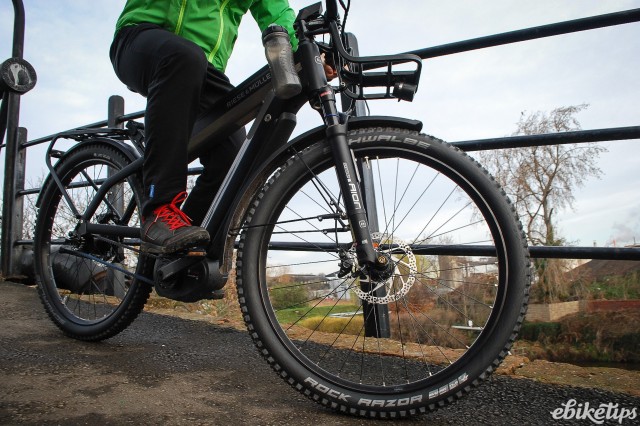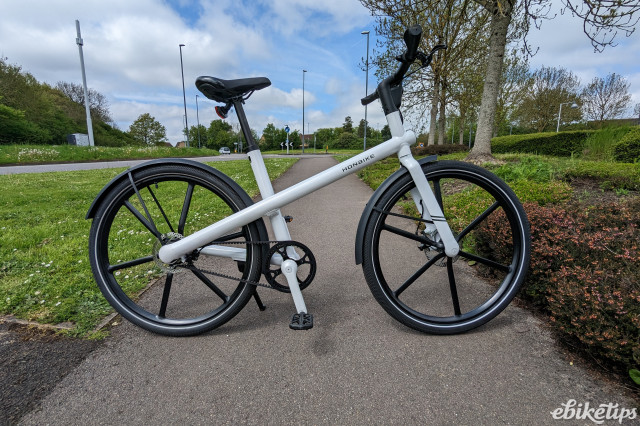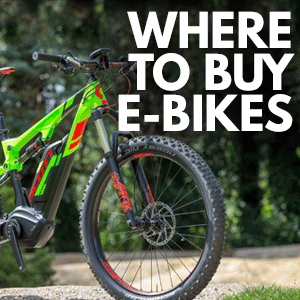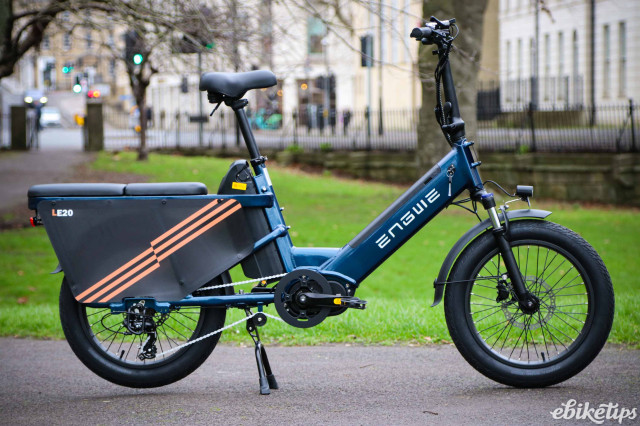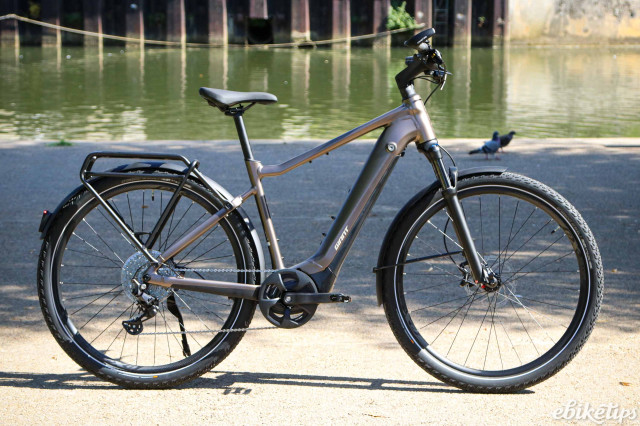E-foiling – it’s the latest craze. Or at least it is according to the people who manufacture e-foils. They may be right though because there are a growing number of them about. The HydroFlyer is one that caught our eye recently – in large part because it has handlebars.
Last month we covered the Manta5, a hydrofoil e-bike on which a cyclist covered the 26km stretch of water between New Zealand’s North and South Islands in two hours and 28 minutes.
They wouldn’t thank us for calling it this, but the Manta5 is more of an e-pedalo. The HydroFlyer, in contrast, doesn’t have pedals. (If we hadn’t just learned about this whole ‘e-foil’ label, we’d probably have called it an electric water moped.)
It also goes a lot quicker. While the Manta5 sloshes along at up to 13mph, the HydroFlyer can top 30mph.
Another striking feature of the HydroFlyer is that it looks pleasingly sci-fi as it tears along making barely a ripple. (An effect that is only enhanced by the music in the video below, which brings to mind some sort of futuristic videogame on the Commodore Amiga.)
Looks fun, doesn’t it?
While the basic shape of the HydroFlyer seems to tie it to the Manta5, it seems to have arrived from another direction. Apparently e-foils don’t ordinarily have handlebars.
The first e-foil was released in 2018 by Puerto Rico’s Lift Foils and branded as an ‘electric hydrofoil surfboard’.
Most since then have been of a similar design, but Canadian inventor Jerry McArthur – who designed the HydroFlyer for Unifoil – has added detachable handlebars for a safer and easier ride.
“I wanted to find a way to make e-foiling safer and more accessible to everyone, without taking away the feeling of speed and excitement of flying over water,” he told Design Boom.
“My background of riding dirt bikes and snowmobiles led me to adding handlebars. Adding four points of contact makes e-foiling easier to learn and balance. This enables a safer learning curve, more control, and a faster ride.
“This design of the HydroFlyer is easier to learn for beginners, while also allowing advanced riders to perform more extreme manoeuvres. There’s only upside to this improved layout.”
The HydroFlyer boasts an eye-watering 5.5kW motor with a 2.2kWh battery that is said to be good for about two hours of riding. It’s priced at $14,000.


